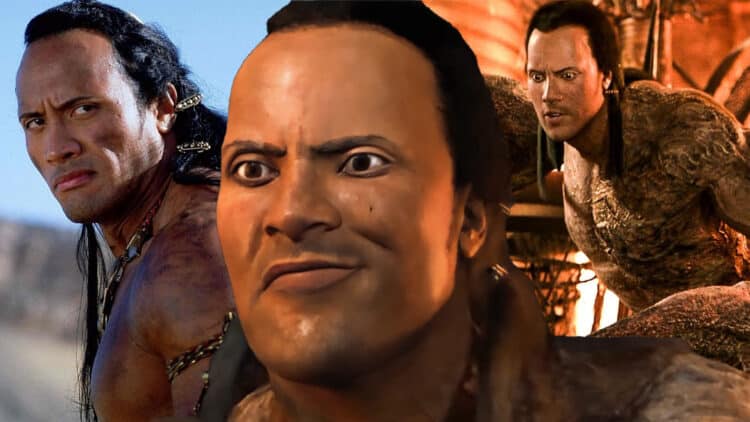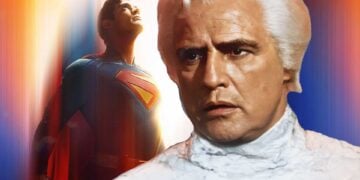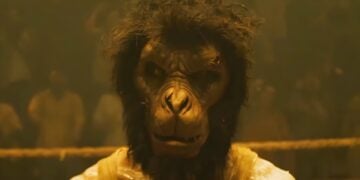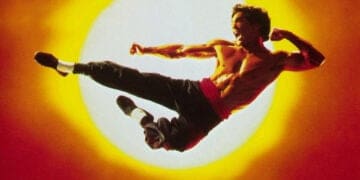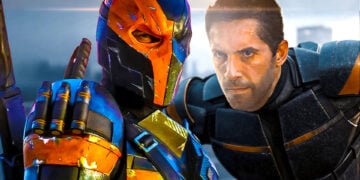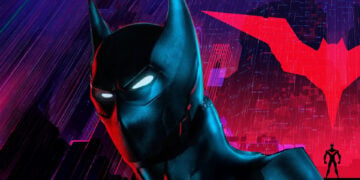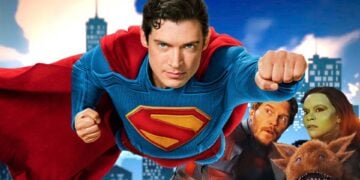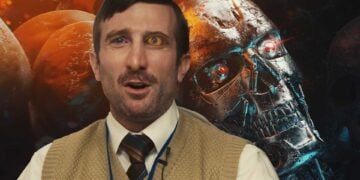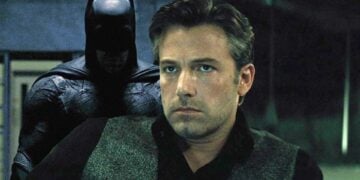Remember the awful Scorpion King CGI / VFX in The Mummy Returns? One of the biggest failures of CGI and VFX history has finally been explained.
The genre of fantasy would not be possible without the many technologies and techniques that the movie industry uses to bring things that are unreal to life. From artistic camera techniques, props, and costumes to Computer-Generated Imagery (CGI), there is so much that goes into bringing fantastical concepts from pages of books to life. But not every attempt is a success.
VFX ILM Supervisor John Berton
John Berton, industry veteran and Visual Effects (VFX) ILM Supervisor, has worked on many iconic projects like Terminator 2, Willow, The Pirates of the Caribbean, Jurassic Park, Men in Black II, and various iterations of The Mummy. When chatting to the guys at Corridor Digital for their VFX Artists react #78 YouTube Series, he admitted that The Mummy Returns is one of the darkest moments in his career.
Corridor Digital hosts Wren Weichman and Niko Pueringer interviewed Berton on the early days of CGI and Berton’s time as a visual effects supervisor on what was considered one of the worst CGI characters of all time: The CGI model of the Scorpion King.
The Scorpion King CGI Model And What Went Wrong In The Mummy Returns
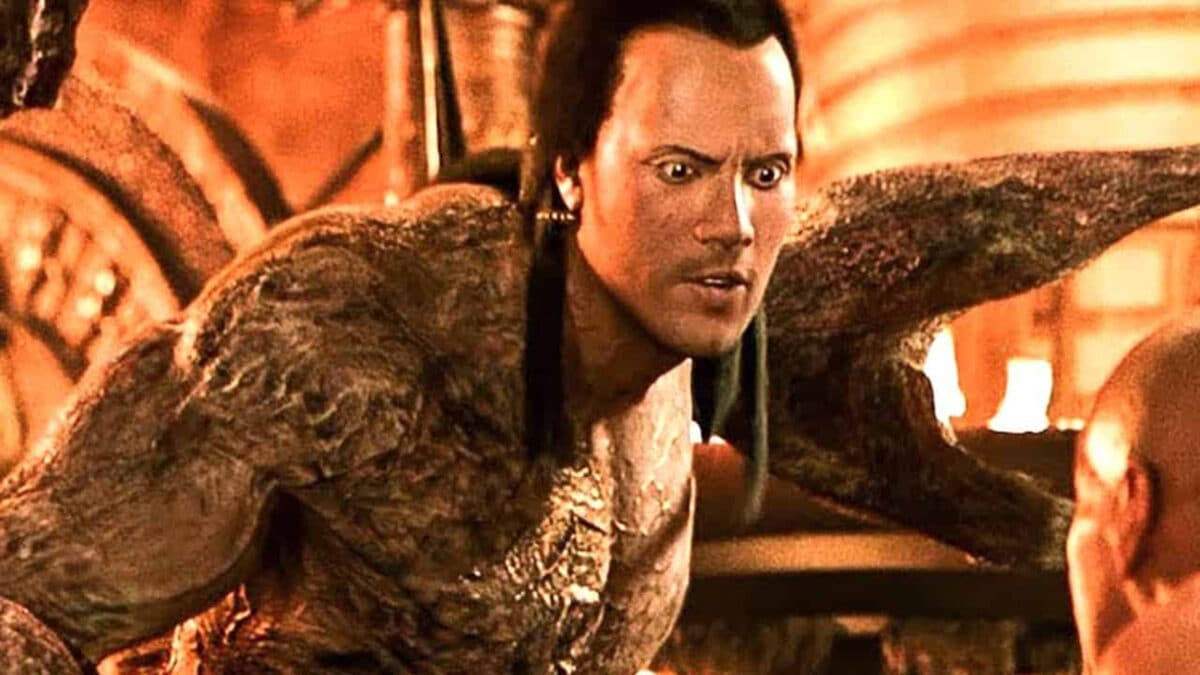
The CGI of the torso and face of Dwayne “The Rock” Johnson as the Scorpion King in The Mummy Returns is considered one of the worst in the industry. Instead of just ridiculing the failed attempt, Berton went into detail about what he believed went wrong with the project. Although CGI has come a long way since then, it would be easy to blame the technology of the time, especially because the model has a significant lack of microgeometry.
Microgeometry, when it comes to skin texture in CGI, is essentially the number of shapes that are needed to make a realistic model of a face. Unfortunately, the technology of the time simply didn’t allow for that, making Johnson’s character look like more of a cartoon or video game character.
Berton’s approach to criticism about The Scorpion King in The Mummy Returns stands as a great tip for VFX artists today, not blaming the technology, but the preparation.
What Went Wrong?
When discussing what happened and why the CGI Scorpion King model turned out so bad, Berton stressed the importance of reference material for any great artist. During the filming of the movie, Johnson had a jam-packed WWE schedule of events, making it almost impossible for the VFX team to get enough reference material for him to create the Scorpion King’s CGI model. The team couldn’t make a comprehensive scan of his torso at the time, and the CGI model suffered because of it, making it look cartoonish and disjointed.
The Scorpion King, the spin-off film that showed the origin of the titular character, only came out in 2002, a year after The Mummy Returns, meaning that the team wouldn’t have been able to use the reference material from the spin-off. All they had was the few days of principal photography when Johnson was on set, leaving them very little to work with.
CGI and VFX technology has come a long way in the last twenty years. Just five years after The Mummy Returns, Berton Created Davy Jones in The Pirates of the Caribbean: Dead Man’s Chest, a CGI and VFX marvel, transforming Bill Nighty’s entire face into a believable fantasy creature based on an octopus, and the CGI holds up to this day.
Tell us, do you think The Mummy Returns‘ The Scorpion King is the worst CGI and VFX of any blockbuster film?
The Scorpion King |
|---|
A desert warrior rises up against the evil army that is destroying his homeland. He captures the enemy's key sorcerer, takes her deep into the desert and prepares for a final showdown. |
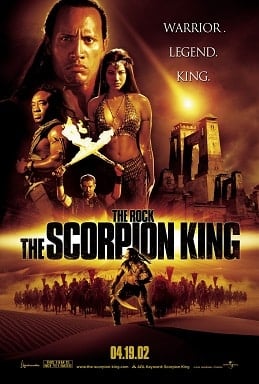 |
|---|
| Studio: WWF Entertainment, Alphaville Films, Misher Films, Universal Pictures |
| Running Time: 1h 32m |
| Release Date: April 19, 2002 |
| Cast: Dwayne Johnson, Steven Brand, Michael Clarke Duncan, Kelly Hu, Peter Facinelli |
| Director: Chuck Russell |
| Writers: Stephen Sommers, Jonathan Hales, William Osborne |
| Genre: Action, Adventure, Fantasy |
| Box Office: $180.6 million |


